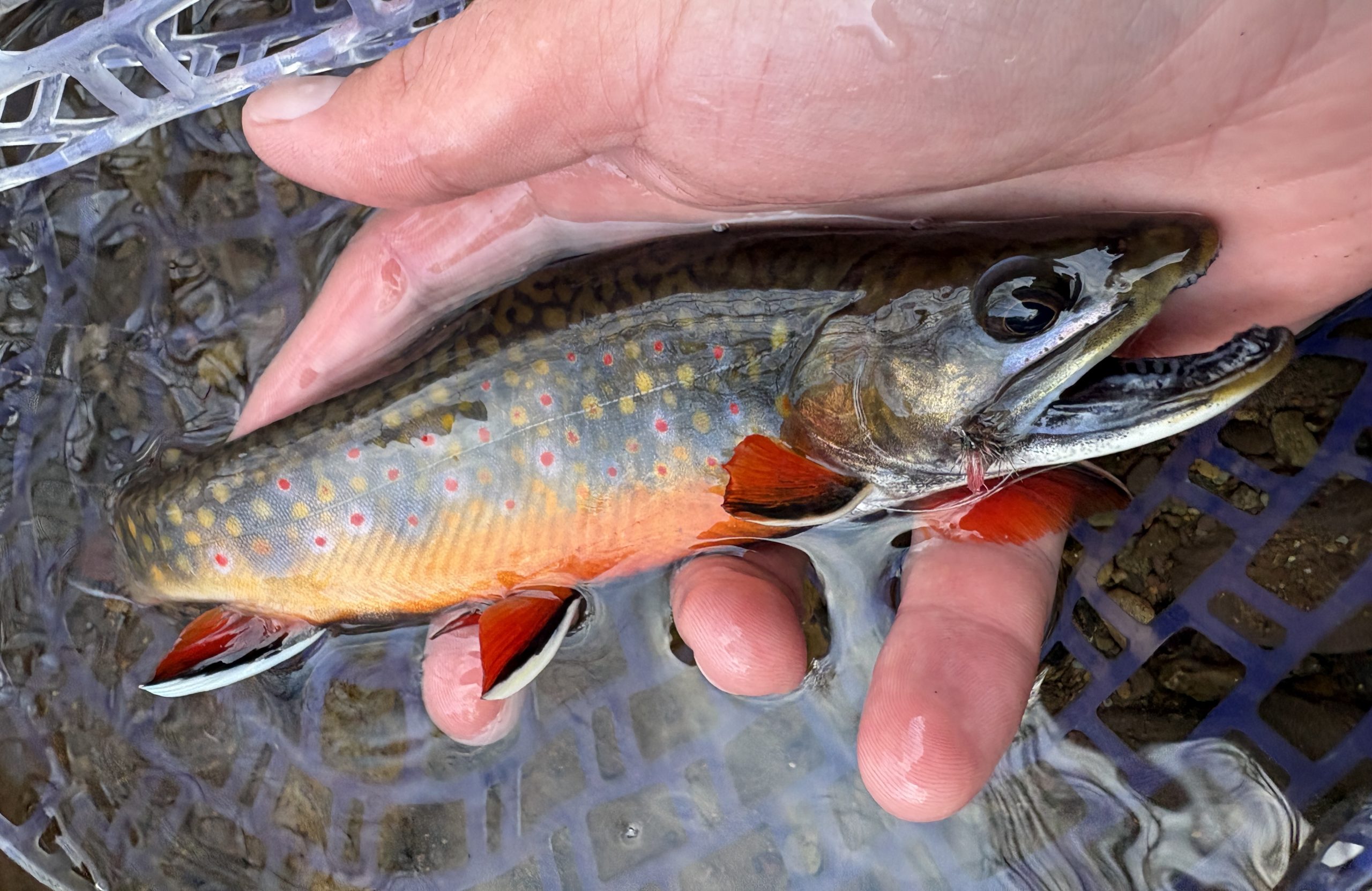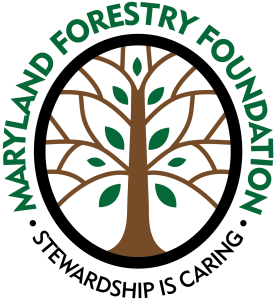
Three years ago, I was first introduced to fly fishing for Maryland brook trout. A friend of mine was visiting from New Jersey and was adamant that we visit Savage River State Forest to fish small “blue line” streams. On a warm Fall morning, we set out to explore the forest and to see what fish we could fool with small dry flies. These flies are hooked imitations of native insects which hatch from streams, such as mayflies and caddisflies.
The first stream we visited was in a cool hollow, deeply shaded by sugar maples, yellow birches, and the graceful eastern hemlocks, all characteristic of Appalachian brook trout streams. He had me slowly creep up to the stream, only about 15 feet wide, and said “throw your fly into that pool and watch it close”. I cast the rod and watched as the small elk hair fly landed delicately on the water. The sound of the breeze combing through the old forest lulled me into peaceful contemplation. Suddenly, a shadow leapt from the cool water. A brook trout, bright red and beautifully spotted snatched the fly greedily. That experience left me with a new passion and a deeper appreciation for Maryland’s public lands.
Experiences like these make the outdoors an important part of our lives. Whether it’s listening to a gobbling tom on a foggy Spring morning or searching for a champion tree, participating in outdoor recreation helps build a connection and appreciation for our state’s public lands. As Maryland residents, we have access to outstanding opportunities to enjoy natural beauty, from the Chesapeake Bay to the Appalachian Mountains. Getting outside makes us more invested in protecting and learning about our forests, streams, and wildlife. Let this be your sign to visit your closest public land and learn something new!
